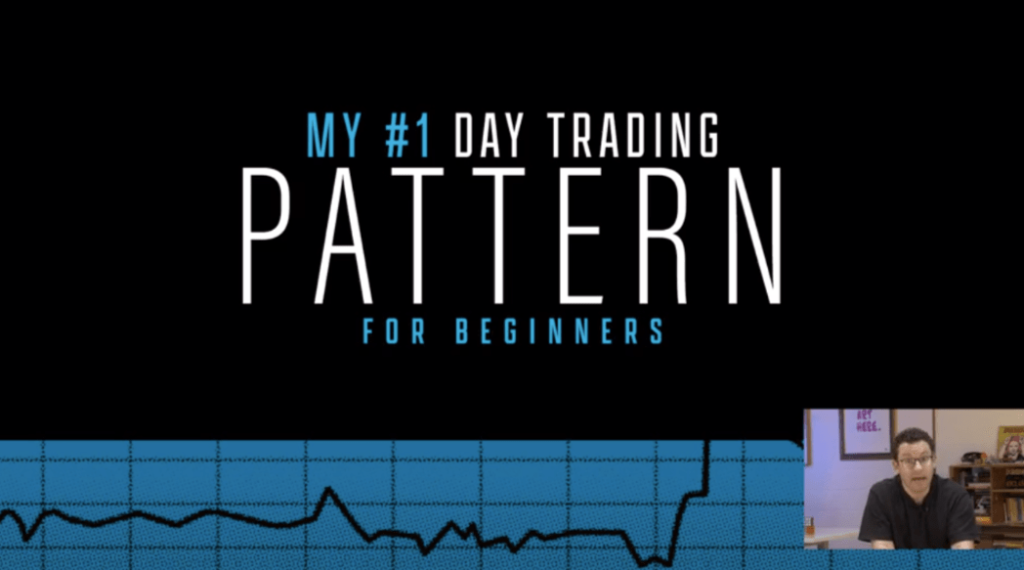If I had to pick one thing that separates me from the vast majority of failed traders…
I’d say it’s my ability to predict future price action by analyzing a chart.
Believe me, without technical analysis, I wouldn’t be able to trade as confidently as I do. Nor would I be a multi-millionaire today.
But the truth is, not all technical indicators are created equal…
In my opinion, some popular indicators are indispensable while others are wildly overrated.
Now, that doesn’t mean you’ll feel the same way.
Ultimately, you have to figure this out for yourself. I can’t tell you exactly which technical indicators will gel with your strategy.
You should try using all of the available technical indicators before determining which ones work for you (and which don’t).
But, in the meantime, I want to show you what works for me (and what doesn’t) when it comes to technical analysis.
Keep reading and I’ll show you…
3 Technical Indicators I Couldn’t Trade Without
Figuring out which indicators to focus on is one of the most difficult parts of technical analysis.
After all, charting can be daunting for newbie traders…
But there are a few standout things I always look at on every chart. If I see them, I immediately mark them up.
And I think getting a basic understanding of these technical indicators will help get you started with charting…
Strong Indicator #1: Key Price Levels
As traders, we have to look at ourselves as snipers. Tim Sykes has taught this over and over.
When a volatile stock has a red first red day — or a break of multi-day, multi-week, or even multi-month support — that’s the ideal time to buy puts.
The risk/reward on these trades is fantastic.
But, how exactly can you nail these types of trades?
By recognizing key price levels, you can take advantage when they start to crack.
The exact same is true on the upside. Once a key level of resistance gets taken out, the sky’s the limit for the stock to rip higher.
Bottom line: Use key price levels to help you enter and exit your trades at the ideal time. When major support or resistance cracks, a big move is often right around the corner!
Strong Indicator #2: Daily Trading Volume
Aside from share price, nothing is more important than the daily trading volume.
Huge volume spikes often line up with major news catalysts (or a trend reversal in market sentiment).
This makes high trading volume valuable as both a historical and a technical indicator.
Additionally, volume spikes have the potential to foreshadow blow-off tops — one of my favorite trading patterns of all time.
So, how do you note the volume on your charts?
Draw arrows or text near big surges in daily trading volume.
Then, when you see the stock have a day where the volume gets close to its previous highs … pay close attention. That may be an extra-volatile moment to consider making a trade.
And closely related to trading volume is the relative strength index (RSI)…
Strong Indicator #3: Relative Strength Index (RSI)
RSI is a momentum indicator that attempts to determine how ‘overbought’ or ‘oversold’ a stock is based on the volatility in price action over a certain period.
Theoretically, a stock’s RSI can read anywhere from 0–100.
But in practice, RSI tends to land between 30–70 on the vast majority of widely-traded stocks.
I’ve found that most traders I speak with track 14-day RSI (me included).
And there’s an overall consensus on where stocks begin to enter overbought or oversold territory…
In general, an RSI below 30 is thought to be oversold, while an RSI above 70 is thought to be overbought.
When I mention these terms in webinars, this is what I’m referring to.
I’m almost always looking at the RSI on the daily or weekly charts (as opposed to the 1- or 5- minute charts).
And while RSI can be a valuable indicator, you’ve gotta be careful how much importance you place on it.
I say this because I’ve seen so many momentum stocks break the general rules of RSI … stocks above 70 can continue to run while stocks below 30 can continue to dump.
No technical indicator is perfect, but RSI is worth watching on your longer-timeframe charts.
2 Technical Indicators I Choose to Ignore
Before we get into the three indicators I think Evolvers should avoid, I think it’s important that I stress a point I’ve made in the past…
DISCLAIMER: Just because I don’t use a certain indicator doesn’t necessarily mean it won’t work for you!
If you see an indicator on this list that you have success trading with, don’t start ignoring it simply because I do.
Are you familiar with this trading “loophole?”

Are you familiar with the “loophole” that helps small accounts grow exponentially?
No, it doesn’t have anything to do with penny stocks or crypto…
And this strategy works regardless of whether the markets are up OR down…
This little-known options “loophole” is something you can use to grow your trading account right now…
REMEMBER: Every trader is unique. You have to figure out which indicators work for you.
But if you’re a newbie trader trying to approach the market using my strategy, I think it’s best to avoid these questionable technical signals.
Let’s break them down…
Weak Indicator #1: Moving Average Convergence Divergence (MACD)
One momentum indicator that doesn’t work with my strategy is the moving average convergence divergence (MACD).
MACD is calculated by taking the 26-day exponential moving average (EMA) and subtracting it from the 12-day EMA.
The average of these two indicators determines the MACD, creating a new 9-day EMA known as the ‘signal line.’
If the stock crosses above the line, it’s seen as a signal to buy. If the stock dips below the line, it’s seen as a signal to sell (or short)…
However, MACD is a momentum indicator that tends to fail when used in the context of highly-volatile stocks.
When market sentiment gets skewed in one direction or another, it tends to take out moving averages very quickly.
In a calm, slow trading environment … moving averages can be a consistent measure of general price direction.
But in a market that’s facing rampant inflation, decade-high interest rate hikes, and a regional banking crisis … I’m not trusting any moving averages as valuable indicators.
And neither should you.
Weak Indicator #2: Stochastic Oscillators
Last, but not least, let’s go over why I avoid tracking stochastic oscillators.
Stochastic oscillators are similar to the RSI in many ways, with a few key differences.
Where the RSI tracks the overall price action over a period of time, stochastic oscillators attempt to predict future price action based on the closing price of a security.
They do this by comparing the closing price on a certain day to a set of prices over a specific period.
The basic idea behind stochastic oscillators is that a stock’s closing price is majorly important in determining where it’s headed next.
But I find this to be false as often as it’s true. And that makes the use of stochastic oscillators a total guessing game.
This applies even more to highly manipulated, widely-shorted momentum stocks. Think about it…
How many times have you seen a stock ramp into a beautiful closing rally, only to start tanking immediately after hours?
I’ve seen this type of fake-out happen more times than I can count, which is exactly why I avoid tracking scholastic indicators.
Final Thoughts
Again, you won’t necessarily share my opinions about technical indicators.
You must experiment with charting to find out what works for you.
Set yourself apart from your peers and start building your arsenal of reliable technical indicators today!


